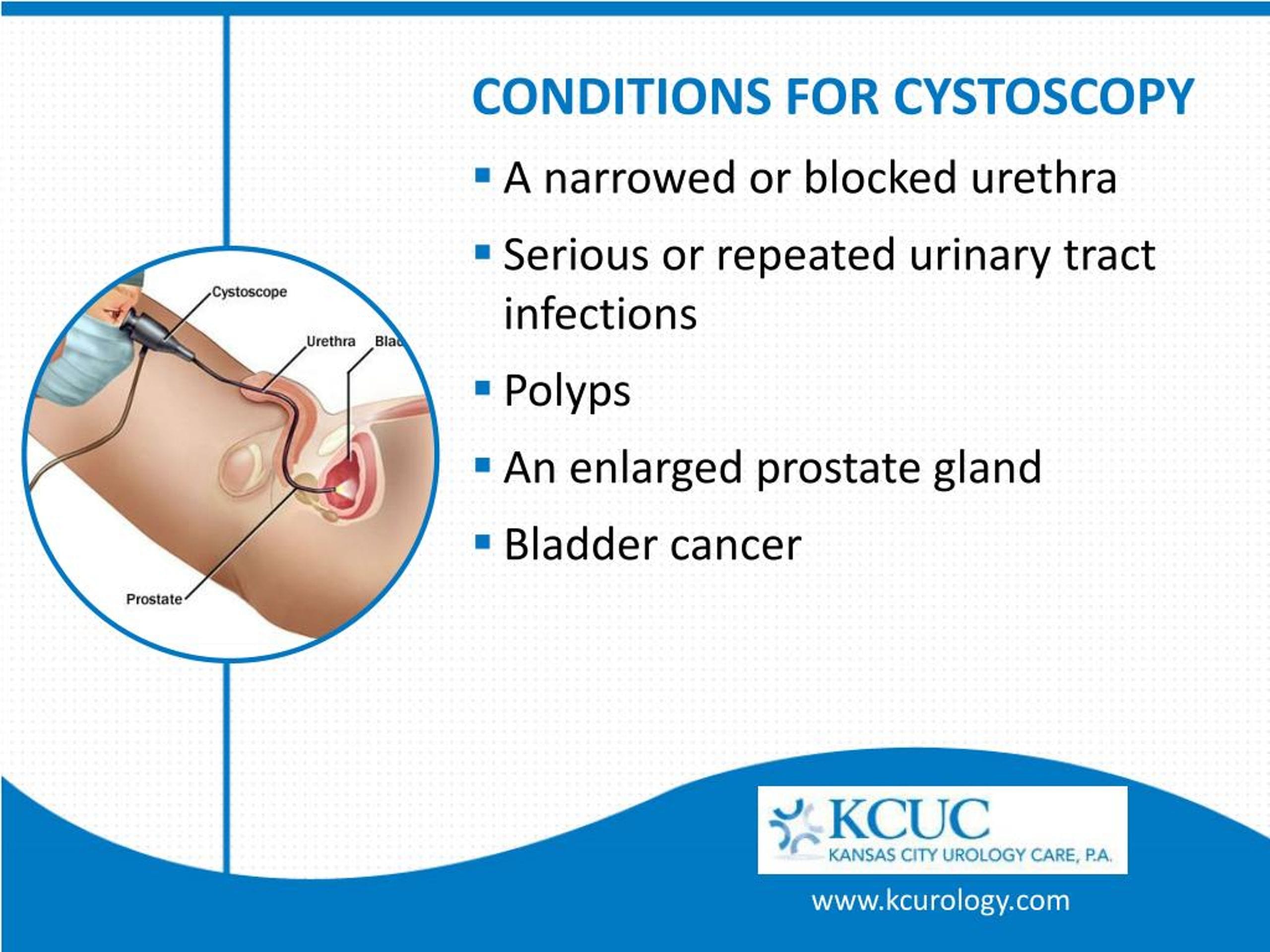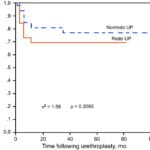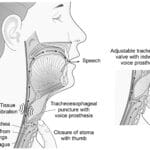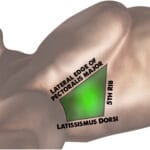Understanding Cystoscopy and Its Importance
Cystoscopy, a procedure allowing physicians to visually examine the bladder and urethra using a cystoscope (a thin, lighted tube with a camera), plays a vital role in diagnosing and treating various urological conditions. Accurate Current Procedural Terminology (CPT) coding is essential for proper reimbursement and efficient revenue cycle management. This article provides a comprehensive guide to 2024 cystoscopy CPT codes, focusing on accurate billing and maximizing reimbursement. This information is intended for informational purposes only and should not be considered medical or legal advice. Always consult with certified coding professionals and relevant guidelines for the most up-to-date information.
Decoding Key Cystoscopy CPT Codes
CPT Code 52000: The Foundation of Cystoscopy Billing
CPT code 52000 is the cornerstone for billing a standard cystourethroscopy. This code encompasses the examination of the urethra, bladder, and in males, the prostate. Detailed documentation of findings within each area is crucial to support the use of this code and prevent claim denials. It’s important to note that 52000 is used for a complete cystoscopy and should not be billed alongside other codes representing components of the procedure.
CPT Code 52005: Navigating Ureteral Catheterization
CPT code 52005 signifies a cystourethroscopy with ureteral catheterization. This includes irrigation, instillation, and/or ureteropyelography (dye injection), but excludes the separate billing for radiologic services. Accurate documentation of the ureteral catheterization is paramount to differentiate this code from 52000 and ensure appropriate reimbursement. Conditions such as urinary tract infections (UTIs), ureteral stones, and strictures often necessitate procedures covered by this code. Ongoing research may lead to advancements in catheter technology and influence the application of this code.
CPT Code 52281: Addressing Urethral Strictures
CPT code 52281 represents a bundled procedure including cystourethroscopy combined with calibration and/or dilation of urethral strictures or stenosis. It may also encompass meatotomy and injection for cystography. Careful attention to National Correct Coding Initiative (NCCI) edits is essential to avoid bundling issues with other transurethral procedures. Understanding the nuances of “through the scope” dilation ensures accurate coding and maximizes reimbursement. While this code bundles several procedures, inappropriate bundling with other transurethral codes can lead to billing errors.
The Importance of Accurate Cystoscopy Coding
Precise coding is not merely a paperwork exercise; it’s the backbone of a healthy revenue cycle. Accurate coding ensures:
- Prompt and Proper Reimbursement: Receiving the correct payment for services rendered requires accurate coding, minimizing claim denials and maximizing revenue.
- Streamlined Operations: Correct coding reduces claim errors and resubmissions, freeing up administrative time and resources.
- Compliance and Audit Prevention: Adhering to coding guidelines ensures compliance with billing regulations and reduces audit risks.
- Enhanced Data Analysis: Accurate coding contributes to valuable data collection, allowing for analysis of healthcare trends and improved resource allocation.
Additional Coding Considerations
- Modifiers: Using modifiers, such as -25 for a significant, separately identifiable evaluation and management (E/M) service on the same day as the cystoscopy, can be crucial for accurate billing.
- Payer-Specific Rules: Different payers (Medicare, Medicaid, private insurance) may have specific guidelines and reimbursement rates. Staying updated on these nuances is essential.
- Coding Updates: CPT codes are subject to change. Regularly consulting the American Medical Association (AMA) and American Academy of Professional Coders (AAPC) resources is crucial for staying current and compliant.
Ongoing Research and Future Directions
The landscape of medical coding is dynamic. Ongoing research and technological advancements may influence future coding practices. Staying informed about these updates is key to maintaining accuracy and compliance. Some experts believe that advancements in imaging technology might impact the coding of cystourethroscopy procedures. While current understanding suggests these descriptions are accurate, future research and new discoveries hold the potential for further refinements in diagnosis and treatment techniques, which may in turn lead to adaptations in coding practices.
Seeking Professional Guidance
For complex cases or uncertainties, consulting a certified coding specialist is a prudent step. Professional guidance can provide tailored recommendations ensuring accurate billing and minimizing compliance risks. Remember, staying informed and seeking expert advice when necessary are crucial components of maintaining accurate and ethical billing practices.
Are you seeking a comprehensive guide to passing the CSPDT certification? Look no further! Our expert team has compiled valuable resources to equip you with the knowledge and skills necessary to excel in the exam and advance your career in DevSecOps.
Stay informed about the latest developments in the medical field by exploring our in-depth article on cystourethroscopy CPT code. Discover how to accurately bill for this procedure, ensuring compliance with industry standards and maximizing reimbursement.
- Georgia Platform: A Southern Strategy, 1850s - March 31, 2025
- How many weeks is 40 days: Quick Conversion Guide for Accurate Results - March 31, 2025
- How many feet is 300 meters? 984 Feet: Understand Length Conversions Easily - March 31, 2025

















2 thoughts on “2024 Cystoscopy CPT Codes: A Complete Guide to Accurate Billing and Reimbursement”
Comments are closed.